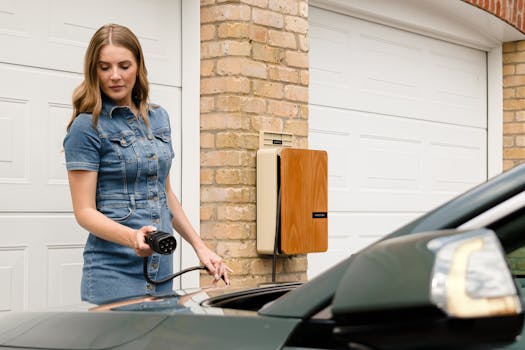
Smart Homes and Smart Living: The Technological Transformation of European Homes by 2025
Smart Homes and Smart Living is revolutionizing the way we live and interact with our living spaces. The concept of smart homes has been around for several years, but it’s only recently that we’ve seen significant advancements in technology that have made it possible to create truly smart homes. In this article, we’ll explore the current state of smart homes in Europe and what the future holds for this rapidly evolving industry.
Introduction to Smart Homes
A smart home is a residence that has been equipped with advanced technology to make it more comfortable, convenient, and sustainable. Smart homes use a combination of sensors, automation systems, and artificial intelligence to control and monitor various aspects of the home, including lighting, temperature, security, and entertainment. The goal of a smart home is to create a seamless and intuitive living experience that enhances the quality of life for its occupants.
Current State of Smart Homes in Europe
Europe has been at the forefront of the smart home revolution, with many countries investing heavily in the development and implementation of smart home technology. According to a recent report, the European smart home market is expected to grow from €15.6 billion in 2020 to €45.8 billion by 2025, at a Compound Annual Growth Rate (CAGR) of 24.5%. This growth is driven by increasing demand for energy-efficient and convenient living solutions, as well as advancements in technology that have made smart home devices more affordable and accessible.
Technological Advancements in Smart Homes
Several technological advancements have contributed to the growth of the smart home industry in Europe. Some of the key technologies driving this growth include:
- Internet of Things (IoT): The IoT has enabled the connection of various devices and sensors within the home, allowing for seamless communication and control.
- Artificial Intelligence (AI): AI has enabled smart homes to learn and adapt to the habits and preferences of their occupants, creating a more personalized and intuitive living experience.
- 5G Connectivity: The rollout of 5G networks has provided faster and more reliable connectivity, enabling the widespread adoption of smart home devices.
- Voice Assistants: Voice assistants such as Amazon Alexa and Google Assistant have made it possible to control smart home devices using voice commands, creating a more convenient and hands-free living experience.
Benefits of Smart Homes
Smart homes offer a wide range of benefits, including:
- Energy Efficiency: Smart homes can optimize energy consumption by automatically controlling lighting, heating, and cooling systems.
- Convenience: Smart homes can be controlled and monitored remotely, making it possible to adjust settings and receive notifications on-the-go.
- Security: Smart homes can be equipped with advanced security systems, including motion sensors and video cameras, to enhance safety and peace of mind.
- Sustainability: Smart homes can be designed to be more sustainable, with features such as solar panels, rainwater harvesting, and greywater reuse.
Challenges and Limitations of Smart Homes
While smart homes offer many benefits, there are also several challenges and limitations to consider. Some of the key challenges include:
- Cybersecurity: Smart homes are vulnerable to cyber threats, which can compromise the security and integrity of the system.
- Interoperability: Smart home devices from different manufacturers may not be compatible, creating integration challenges.
- Cost: Smart home devices and systems can be expensive, making them inaccessible to some consumers.
- Complexity: Smart home systems can be complex and difficult to use, requiring significant technical expertise.
Future of Smart Homes in Europe
By 2025, smart homes are expected to become the norm in Europe, with widespread adoption of smart home technology. The future of smart homes will be shaped by several factors, including:
- Advances in Technology: Continued advancements in technology will drive the development of more sophisticated and integrated smart home systems.
- Increasing Demand: Growing demand for smart home solutions will drive the market, with more consumers seeking convenient, energy-efficient, and sustainable living solutions.
- Government Initiatives: Government initiatives and regulations will play a significant role in promoting the adoption of smart home technology and driving the growth of the industry.
In conclusion, the future of European homes is becoming increasingly smart, with technological advancements transforming the way we live and interact with our living spaces. By 2025, smart homes are expected to become the norm, offering enhanced comfort, convenience, and sustainability. As the industry continues to evolve, it’s essential to address the challenges and limitations of smart homes, ensuring that the benefits of this technology are accessible to all.






